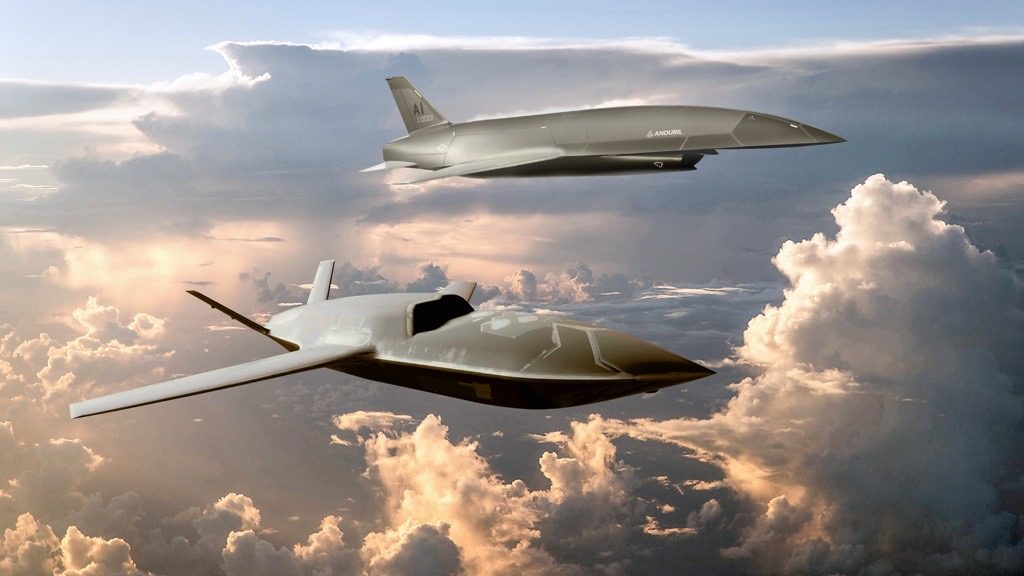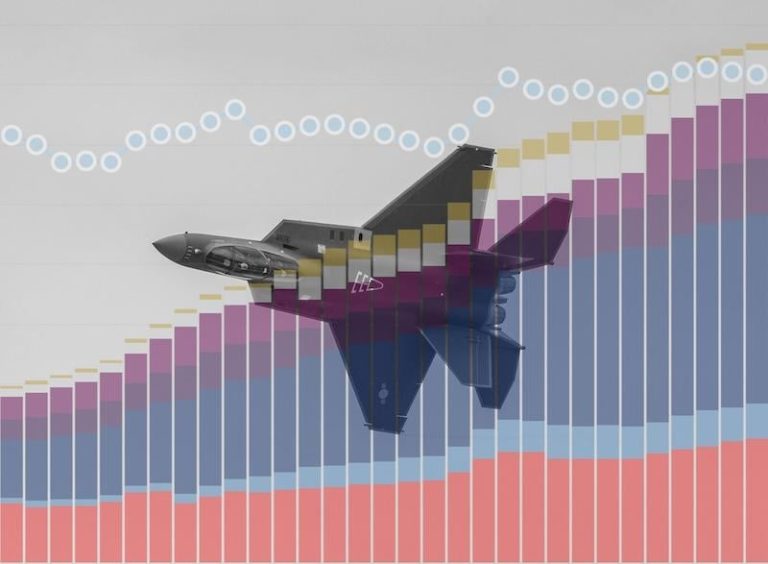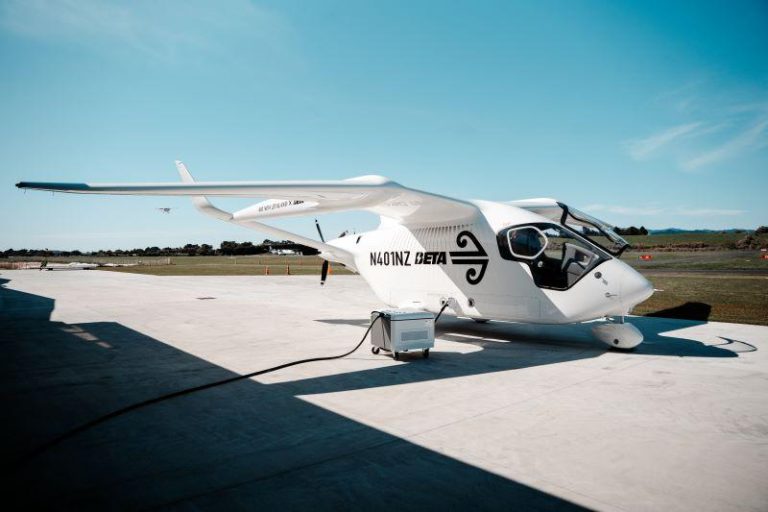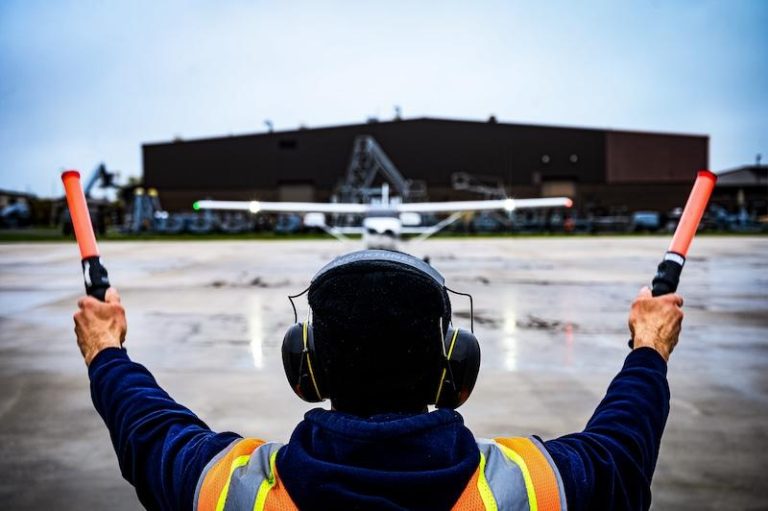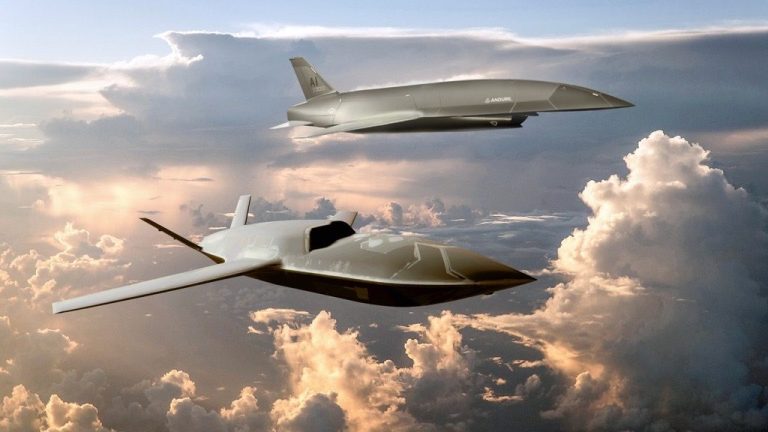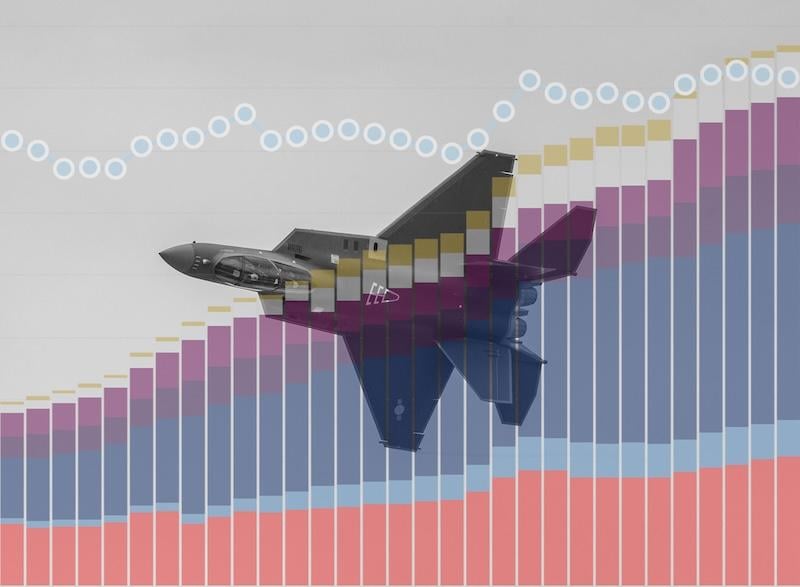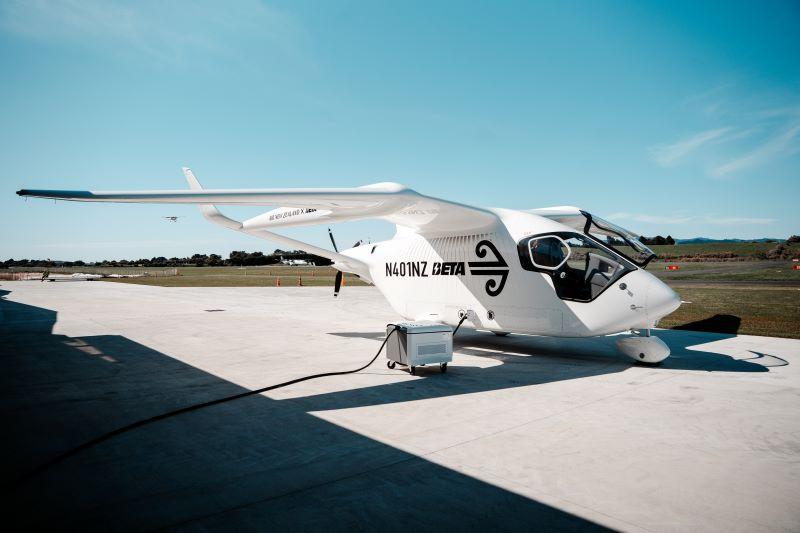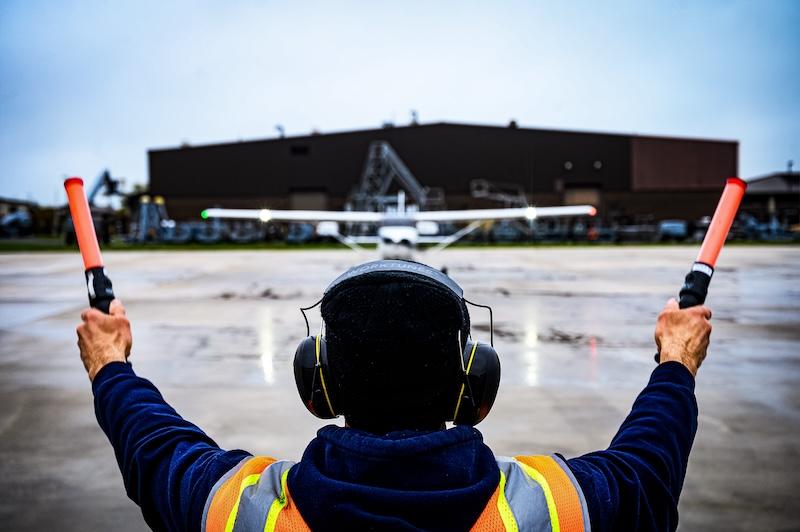The RNLAF becomes the first European air force to join the U.S. Air Force’s CCA initiative, and aims to assume a leading role in the development of the “loyal wingman” drone.
The Royal Netherlands Air Force (RNLAF) has become the first European air force to formally join the U.S. Air Force’s Collaborative Combat Aircraft (CCA) program. The partnership was sealed on Oct. 16, 2025, when Dutch State Secretary for Defense Gijs Tuinman signed a letter of intent ahead of the annual Defense Industry Days at the Netherlands’ embassy in Washington, D.C.
“By signing the letter of intent, the Netherlands is demonstrating its desire to make progress with innovation and cooperation in the field of unmanned systems,” says the Dutch Ministry of Defense. The press release also notes joining the CCA initiative reflect one of the five key areas of the new Defense Strategy for Industry and Innovation, launched in April 2025.
The agreement marks a significant step in transatlantic defense cooperation, and the Netherlands intends to seize an opportunity to assume a leading role in the development of future unmanned combat systems, the MoD said. Unmanned systems are a cornerstone of future capability development, and the country aims to field autonomous, attritable “loyal wingman” drones designed to operate alongside their F-35s.
“Total Access” to the CCA Program
According to Breaking Defense, Tuinman told reporters after the signing that the agreement grants the Netherlands “total access” to the U.S. Air Force’s CCA program “on all levels.” He further explained this would allow Dutch officials to contribute to the program’s development phase and tailor operational requirements to the European theater.
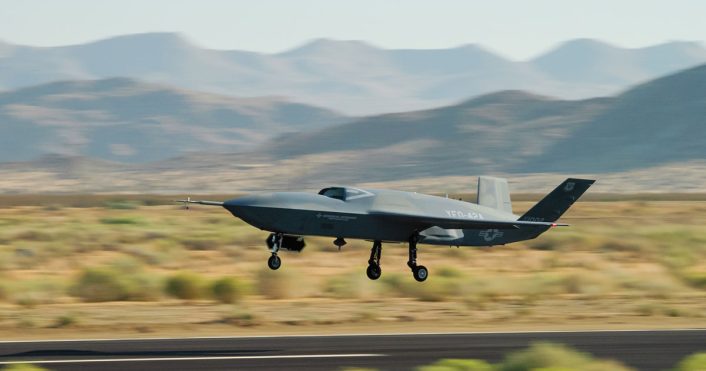

“We’re really grateful and have been working hard with our U.S. partners and the U.S. Air Force to actually get into the CCA program,” Tuinman said. “It also makes the world a lot safer if, in the near future, we can actually also operate CCA-type aircraft in the European theater.”
In recent months, U.S. vendors working on CCA technology started discussions and agreements with European companies for joint development. This follows the increased interest in these platforms, as the autonomous aircraft can extend the combat effectiveness of manned fighters by providing additional sensors, weapons carriage, and the ability to conduct high-risk missions.
Dutch Industry Involvement and Future Opportunities
The MoD says the partnership paves the way, in the long term, for the involvement of Dutch knowledge institutes and companies in the joint research, development, and testing of CCA technologies. While the letter of intent is an initial framework, both governments plan to further define industrial cooperation and technology-sharing arrangements in the coming years.
According to the MoD, the participation of Dutch companies will help strengthen the country’s high-tech industrial base, allowing it to contribute to a rapidly evolving field where the United States currently leads development.
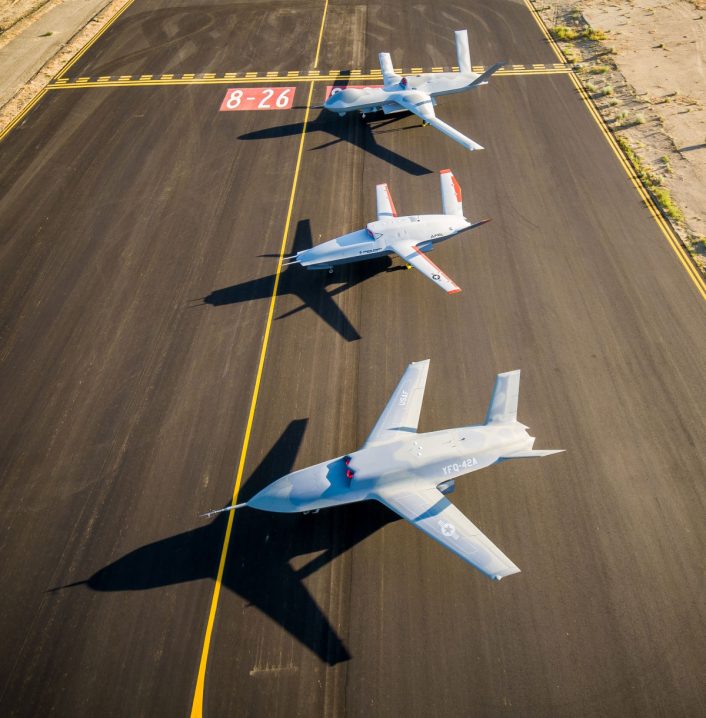

“US technology companies are at the forefront of global developments,” the Ministry said. “By joining forces with the U.S. Air Force and building up a knowledge base, the Dutch industrial and technological base will also be strengthened.”
Tuinman also hinted the new partnership could be “a pathway to sales for U.S. companies.” He explained there could be a need for 1,000 CCAs in the near future, possibly pairing two drones with a manned fighter.
Parallel Agreement with General Atomics
Alongside the CCA cooperation, the Dutch Ministry of Defense also signed a separate agreement with General Atomics Aeronautical Systems, Inc. (GA-ASI) to co-develop a new small unmanned aircraft system (SUAS) capable of performing intelligence, surveillance, and reconnaissance (ISR) missions.
According to GA-ASI, the system will be low-cost, capable of hosting a range of payloads, and designed for high-volume production. As part of the first phase of the contract, the company and the Dutch MoD will work together to establish UAS manufacturing capability.
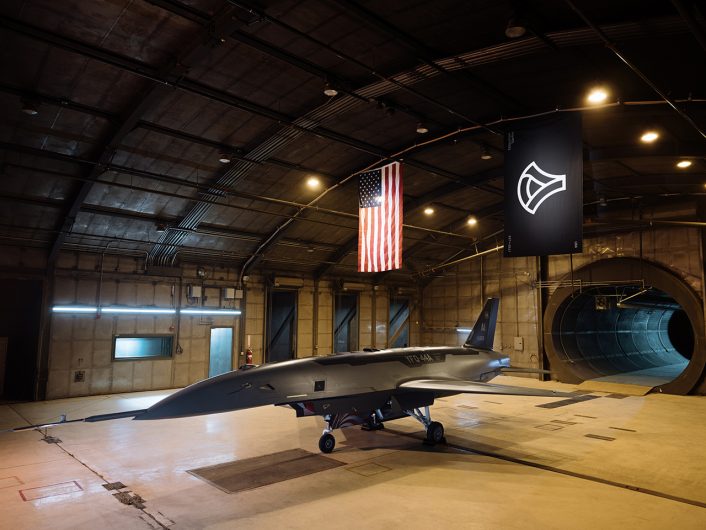

“This contract is the first step in a strategic partnership with the Dutch MoD that will ultimately contribute to the defense of Ukraine and NATO by creating a versatile European defense system,” said GA-ASI CEO Linden Blue. However, the link to Ukraine has not been better explained.
VDL Defentec — a Dutch defense manufacturer specializing in military vehicles and components — has been selected as the local partner to build the new drone in the Netherlands. GA-ASI will share expertise in design, manufacturing, logistics, and support as part of the partnership.
According to the statements by the MoD and GA-ASI, the new aircraft is expected to fly before the end of this year, with low-rate production beginning in 2026 in both the U.S. and the Netherlands. The aircraft will enter service in 2026.

